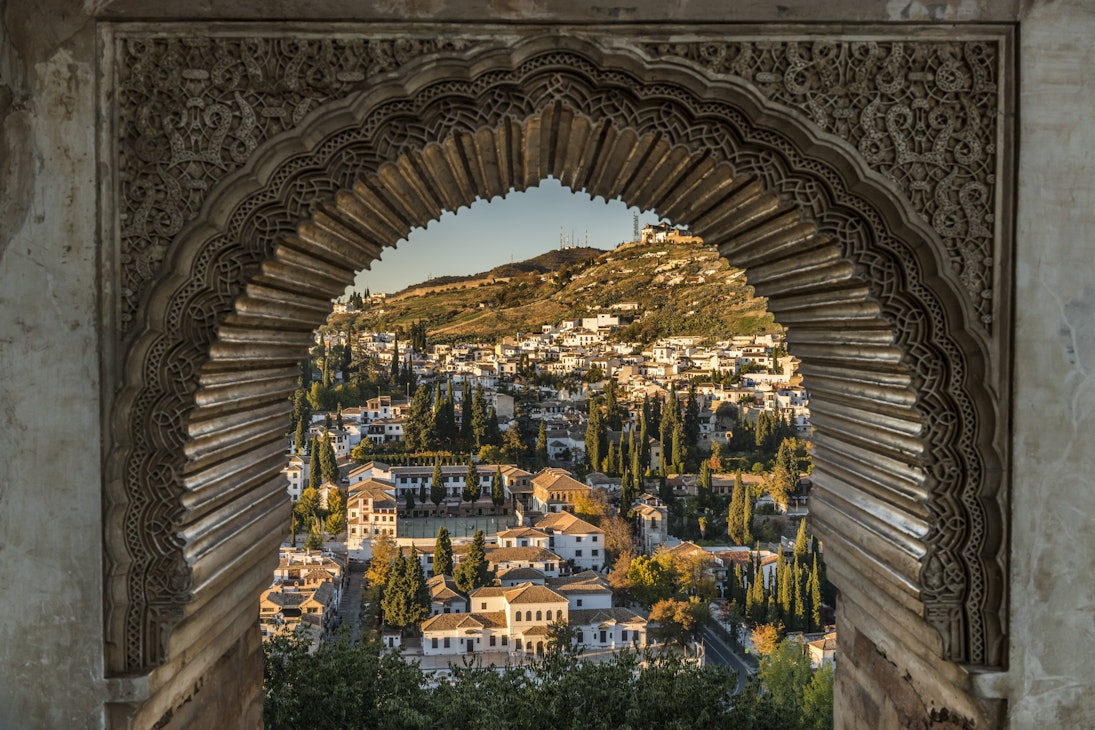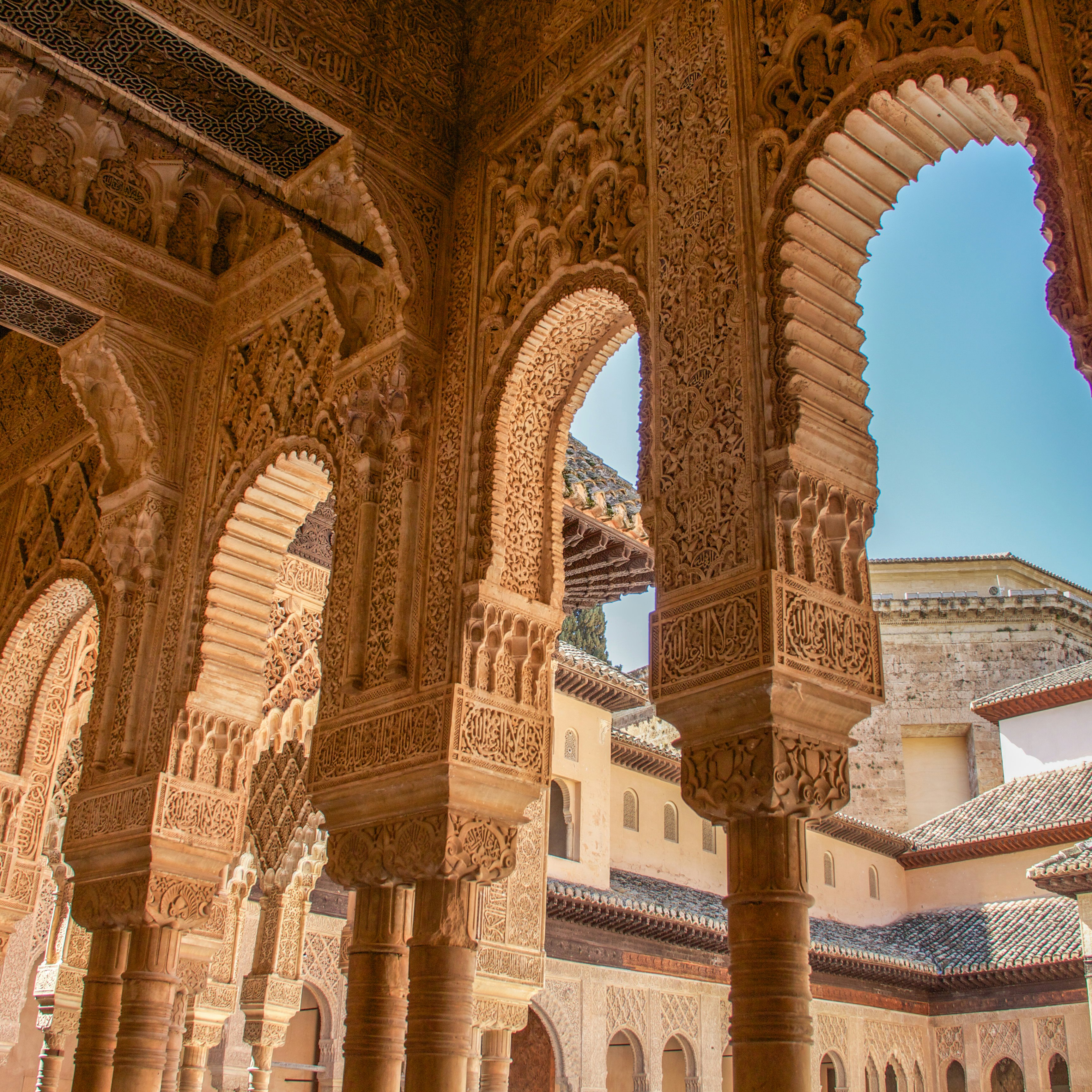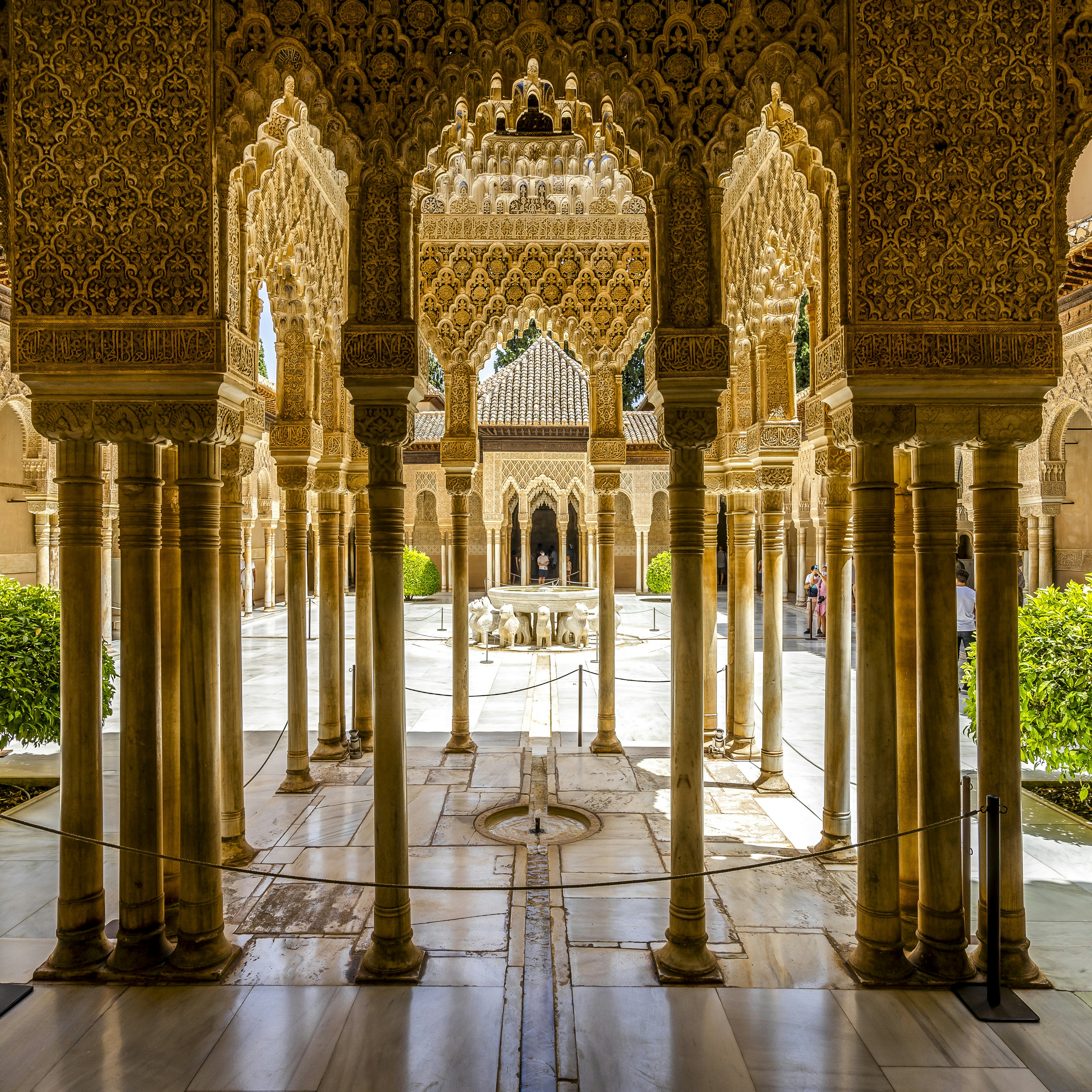
Overview
Serene Islamic architecture, monumental churches, old-school tapas bars and counterculture graffiti art combine to make Granada a compelling city break.
Leave the planning to a local expert
Experience the real Granada. Let a local expert handle the planning for you.
Must-see attractions
Planning Tools
Expert guidance to help you plan your trip
Best Things to Do
The attractions in cultured, creative Granada center around the Alhambra, then ripple out in waves of history and all things musical and literary.
Read full article
Get a book. Get inspired. Get exploring.
in partnership with getyourguide

















